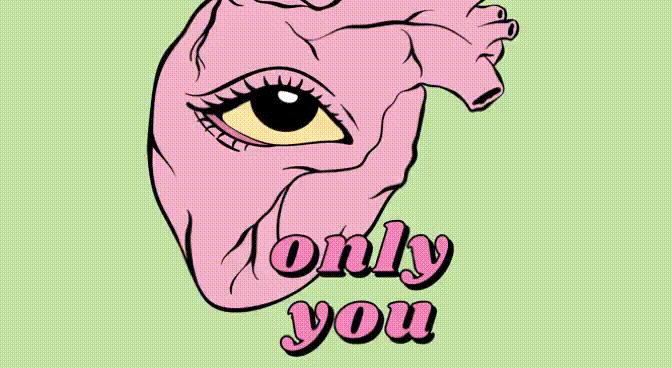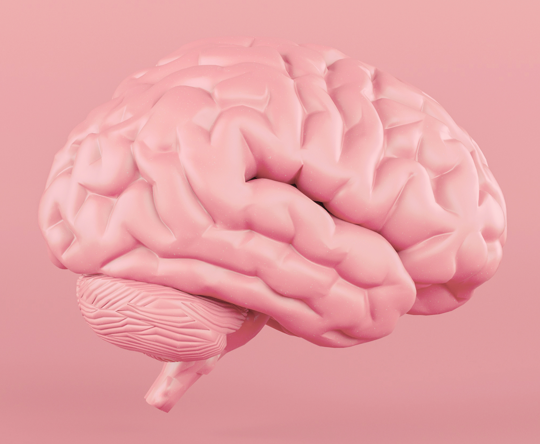Dry eye is a disease that significantly affects our vision and quality of life. Here's how to take care of your eye health
The World Health Organization estimates that out of the 2.2 billion people suffering from eye diseases worldwide, for at least a billion of them the disease could have been prevented. Apart from aging and genetic predispositions, eye health is influenced by many other factors we have control over ourselves, thus preventing disease and improving our health. This is why leading ophthalmologists, neurologists, endocrinologists, psychiatrists, rheumatologists, otorhinolaryngologists, plastic surgeons, general practitioners, pharmacists and engineers are brought together at X-Lab — the expert research hub by JGL — to analyse the latest research and, by applying a holistic approach, to share with us how to take care of our eye health and why that is important for our whole bodies.
“Dry eye is one of many factors that can affect your vision and therefore your quality of life. Being mindful of risk factors, regardless of age, can significantly affect the quality of vision. Everything from maintaining eyelid hygiene, treating allergies and systemic disorders, watching your body weight, quitting smoking and reducing alcohol intake. In addition to all this, going to see your ophthalmologist is equally important. In this way, a large number of ophthalmological disorders can be detected and treated in time, as a lot of them have almost no clinical symptoms in the beginning," says Dr Tatjana Šarenac Vulović from the Ophthalmology Clinic at the University Clinical Center Kragujevac.
1 Dry eye covers a very wide range of disorders. How can we distinguish between mild symptoms of dry eye such as redness and stinging, which we can treat ourselves by avoiding the cause or by using artificial tears, and symptoms that require medical attention?
The spectrum of dry eye symptoms is very wide, from a mild feeling of scratching, burning and the presence of a foreign body; severe eye irritation and redness and blurred vision, to the appearance of irreversible ulcerations and scarring of the cornea with permanent vision loss. Very often just avoiding risk factors and using artificial tears are not enough and it is necessary to diagnose and treat the underlying disease that caused the dry eye. Given that any undetected and untreated form of dry eye can develop to a stage with lasting consequences for vision, the occurrence of any ocular discomfort should be taken seriously and reported to your ophthalmologist.
2 How does an ophthalmologist diagnose dry eye? What does the examination look like?
A professional ophthalmological examination is required to diagnose dry eye. Today, there are a number of tests, but also other imaging techniques to diagnose dry eye. However, the two most commonly used tests are the Schirmer test and the TBUT test. Schirmer’s test is performed using paper strips with a ruler-like scale (in millimetres), the tip of which is placed behind the lower eyelid, the rest is freely suspended with the patient’s eyes closed. The number of tears spread on the strips during the test is monitored, and the amount of tear film is determined based on the tear humidity. The test is positive when the humidity of the paper strip is less than 20 millimetres. The tear break up time test (TBUT) is used to examine the quality of the tear film, more precisely its lipid components. After colouring the eye with fluorescein, an examination is performed on a biomicroscope under blue cobalt light. During this time the patient must not blink, and the time until the appearance of the first dry spot in the tear film is measured. The test is considered positive if the tear film breaks in less than ten seconds.
3 What is the difference between hyperevaporative and hyposecretory dry eye?
The tear film consists of three layers: the superficial lipid layer, which prevents evaporation; the largest, aqueous layer, and the mucin layer, which facilitates the binding of the tear film to the surface of the eye. Lack of the lipid component leads to hyperevaporative dry eye, and lack of the aqueous component leads to hyposecretory dry eye. Causes of hyperevaporative dry eye are inflammation of the edge of the eyelids, inflammation of the Meibomian glands, and eye injuries. Hyposecretory dry eye is caused by lacrimal gland dysfunction, Sjögren’s syndrome, sarcoidosis and rheumatoid arthritis. Both mechanisms trigger an inflammatory reaction on the surface of the eye with accompanying damage to the corneal epithelium and the development of a condition called ocular surface disease.
4 Can dry eye be cured?
The possibility of curing dry eye also depends on what causes it. Since it often occurs as a result of a systemic autoimmune disease, there is no permanent cure for this form of dry eye. However, with targeted treatment of the underlying disease, as well as the use of appropriate ophthalmic therapy, artificial tears and anti-inflammatory drugs, it is possible to greatly reduce the severity of dry eye symptoms. On the other hand, if dry eye is the result of certain ophthalmic conditions, treating these conditions can also cure dry eye. In severe cases, in addition to the use of preservative-free artificial tears, anti-inflammatory therapy and immunomodulatory therapy (cytostatic drugs for local ophthalmic use) sometimes need to be used.
5 How can we preserve our sight regardless of age?
Dry eye is one of many factors that can affect your vision and therefore your quality of life. Being mindful of risk factors, regardless of age, can significantly affect the quality of vision. Everything from maintaining eyelid hygiene, treating allergies and systemic disorders, watching your body weight, quitting smoking and reducing alcohol intake. In addition to all this, going to see your ophthalmologist is equally important. In this way, a large number of ophthalmological disorders can be detected and treated in time, as a lot of them have almost no clinical symptoms in the beginning.
QUIZ
SUFFERING FROM DRY EYE SYNDROME? ANSWER THESE QUESTIONS AND FIND OUT HOW TO PREVENT IT AND WHAT TO DO WHEN YOU ARE ALREADY FEELING THE SYMPTOMS
QUIZ




